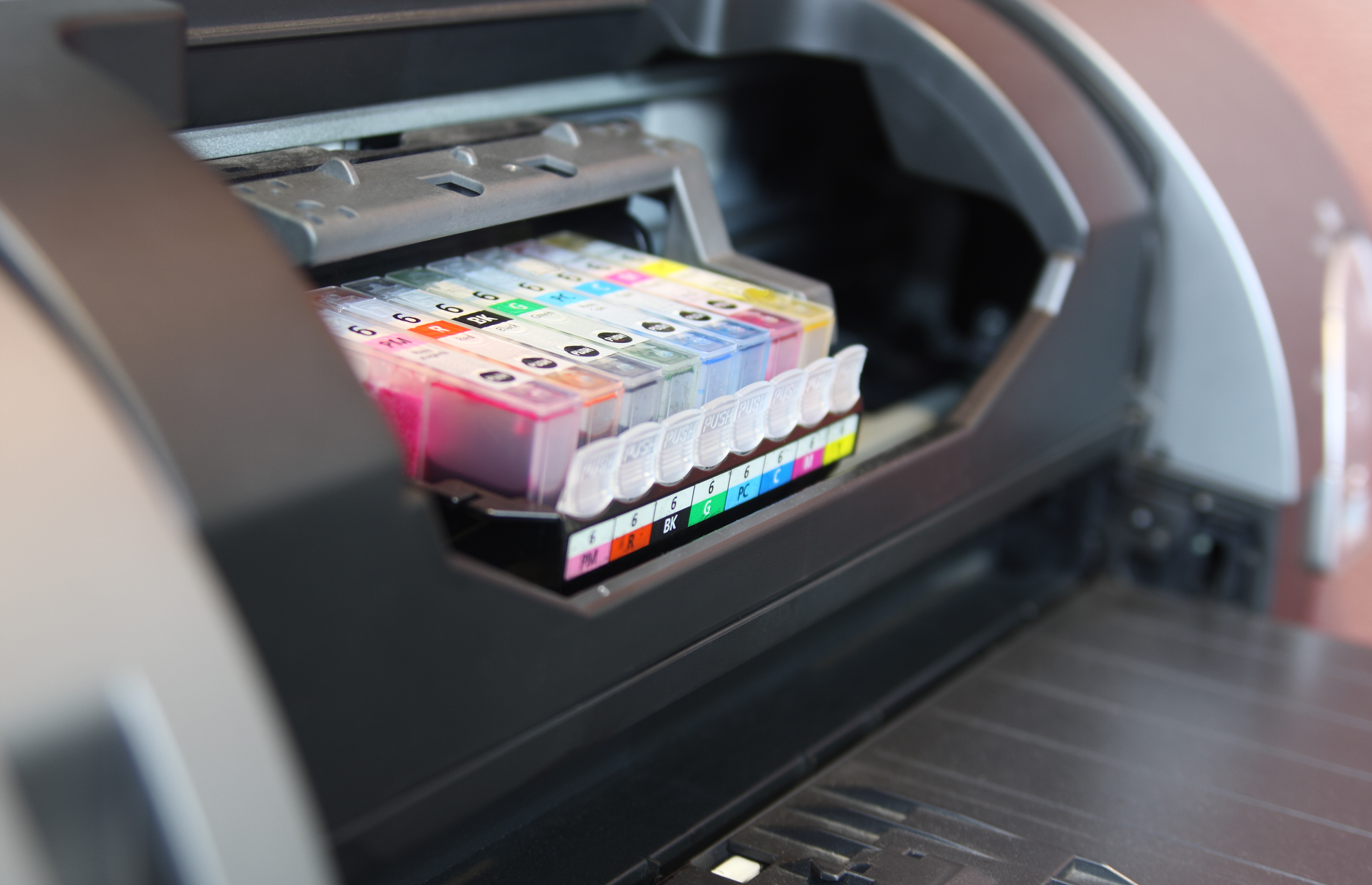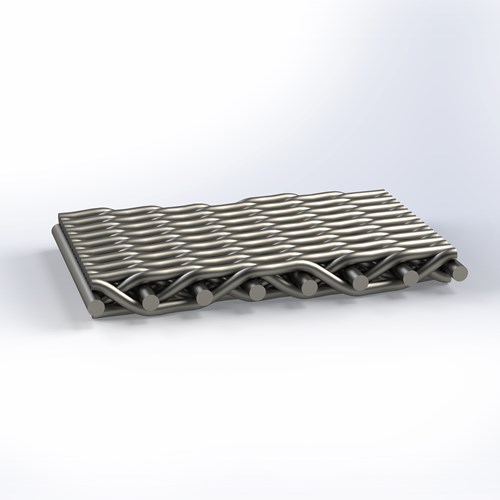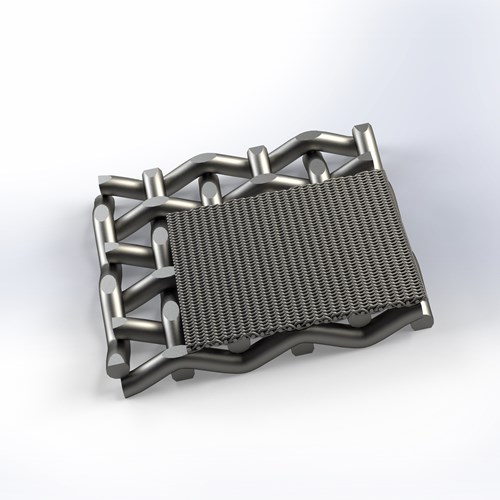Inkjet Printers
The first functional inkjet printers came onto the market at the beginning of the 1970s, and were originally developed for industrial applications. The technique of continuous inkjet printing is still in use today in a more developed format, and has been improved thanks to BOPP meshes.

The early breakthrough with compact devices for domestic use is experiencing a new boom today, thanks to increasingly flexible working practices and home office operations.
Inkjet processes involve injecting ink via a jet onto the printing head. The flow disperses into individual droplets and simultaneously receives an electrostatic load. Travelling at 10 / 40 m/s, the droplets pass through connecting deflection electrodes downstream. Depending on the strength of the electrical field there, they are redirected to the side and sprayed onto the substrate. Unused ink is intercepted by the printing head and returned to the printing cycle.
Metal filters sit behind the printing head for the individual colours, and are responsible for the requisite fineness, homogeneity and even output of ink colour from the head. The finest BOPP Dutch weave meshes are particularly suitable for this application, cut into strips and stamped either by ourselves or our customers to form filter elements, generally round in shape.
Advantages include:
- Precise filter fineness
- Narrow filter fineness tolerances
- Comprehensive further processing capabilities via our in-house fabrications department
Products
Below you will find the products typically used for this application. We will be happy to help you select the most suitable specification for your needs. Please contact us.
Product search according to properties
Search for suitable products for already concrete requirements of our metal mesh.
Product search according to properties
Search for suitable products for already concrete requirements of our metal mesh.


